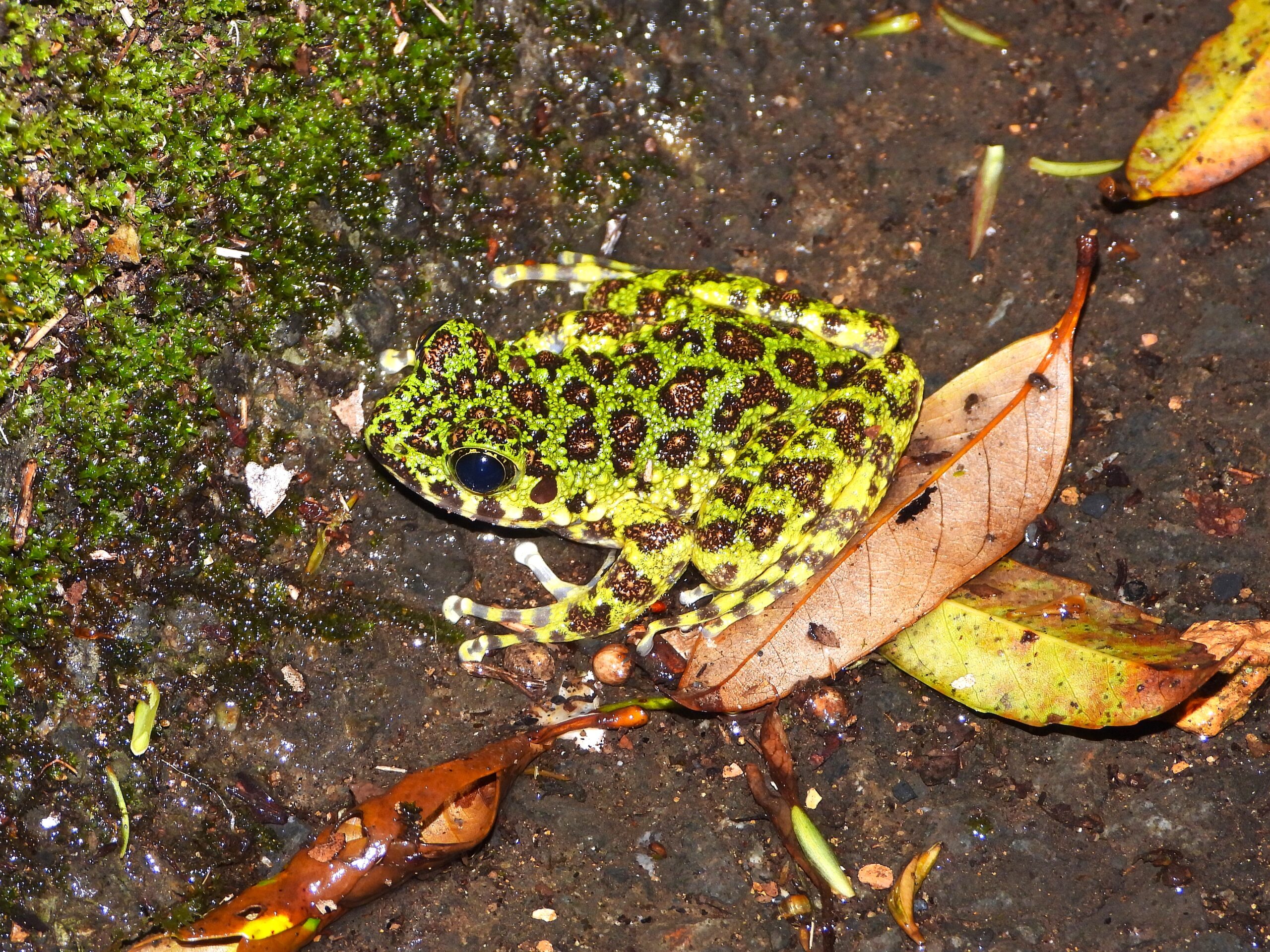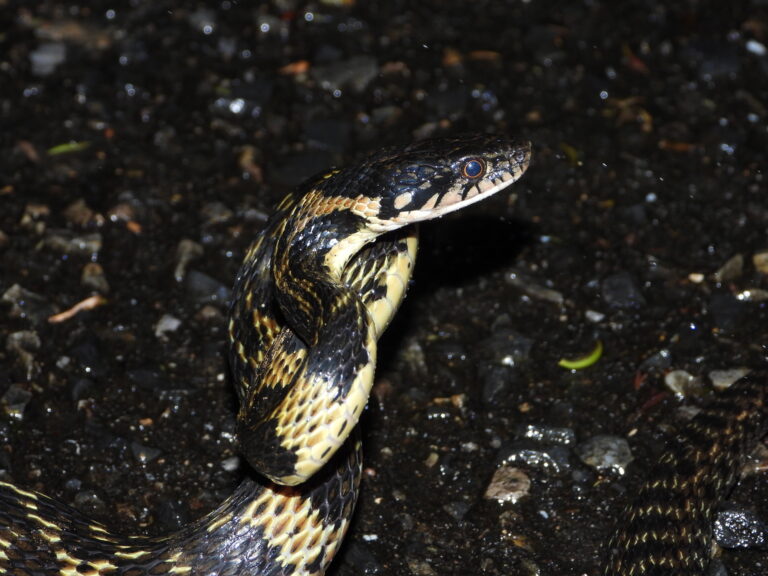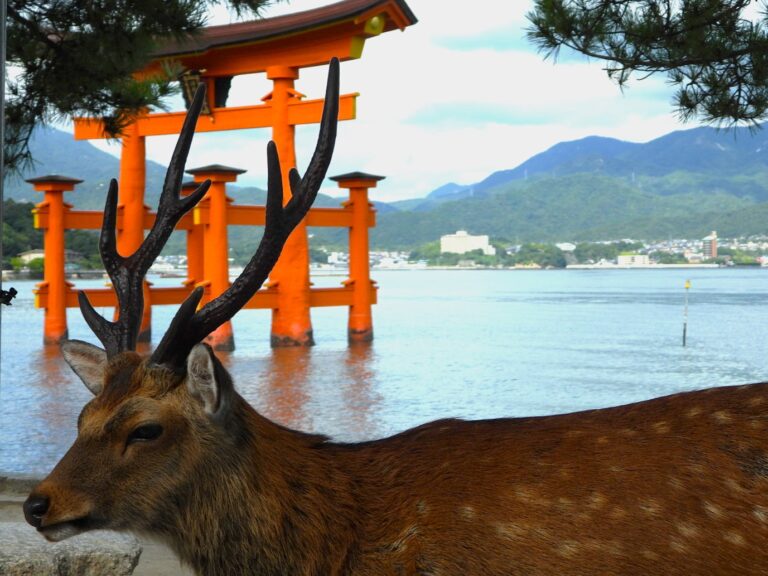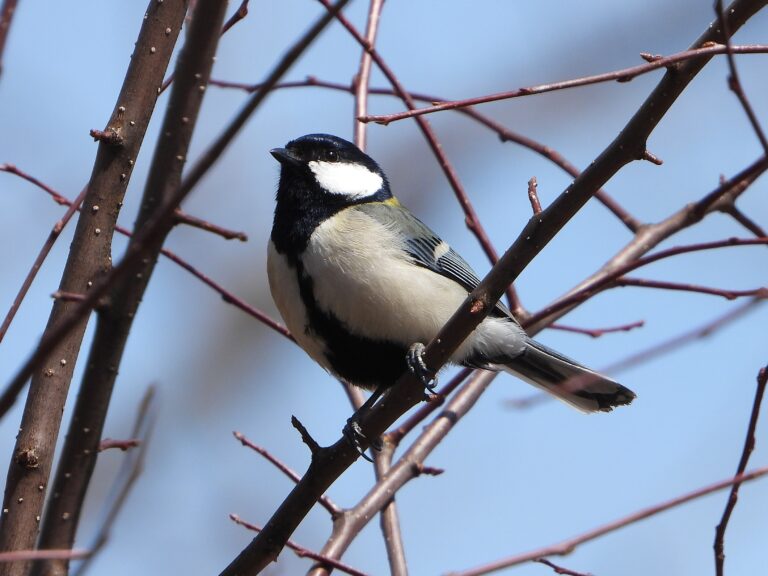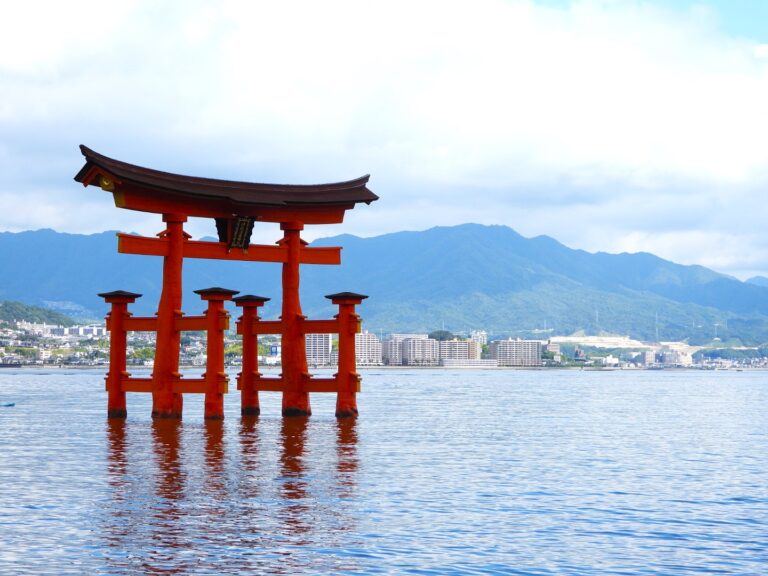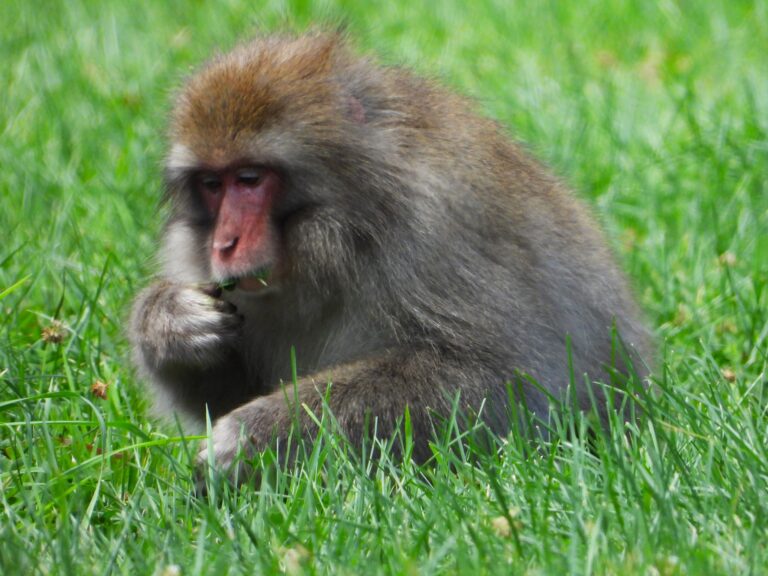Amphibians of Amami Island – The Complete Guide to Japan’s Frogs & Newts
Introduction
Hidden deep in Japan’s subtropical south, the amphibians of Amami Island represent one of Asia’s most extraordinary wildlife communities.
From jewel-toned stream frogs to ancient newts that appear on humid nights, this island chain shelters species found nowhere else on Earth.
Separated by the sea for millions of years, Amami’s frogs and newts have evolved unique forms, calls, and behaviors—many of them now endangered.
This complete guide introduces every frog and newt of the Amami Islands, with accurate information on appearance, habitat, and conservation.
Frogs of Amami
Amami Ishikawa’s Frog (Odorrana splendida)
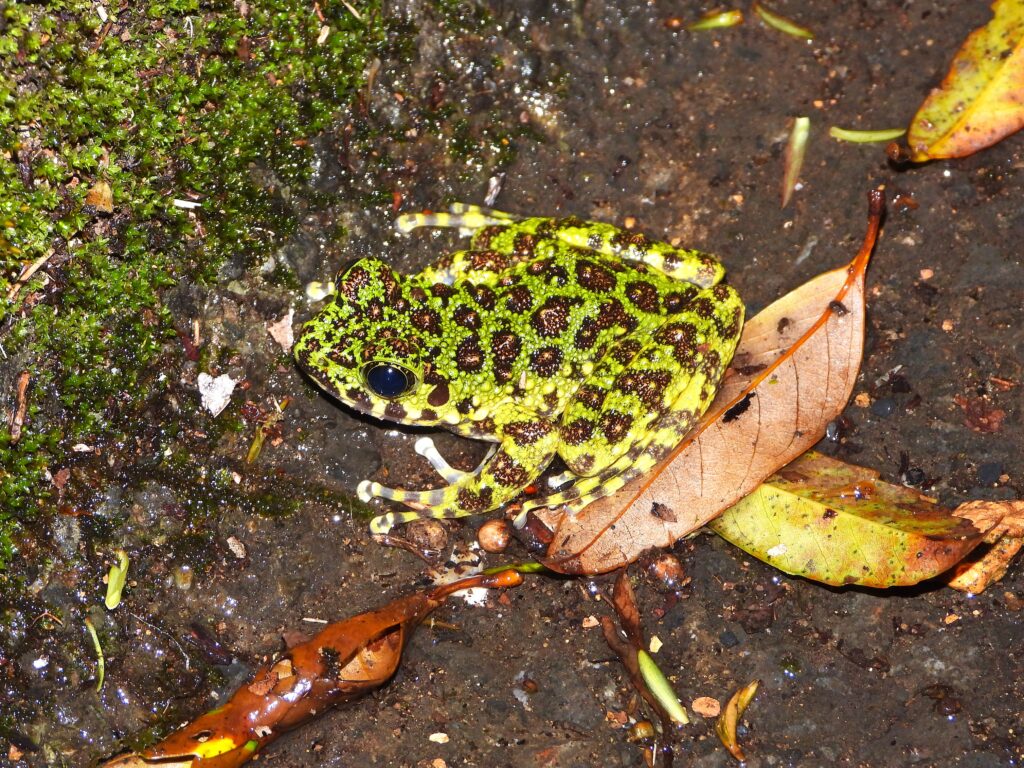
Endemic to Amami Ōshima and Kakeromajima, this species is often regarded as Japan’s most beautiful frog.
Its emerald-green skin, speckled with golden flecks, gleams vividly under flashlight beams along clear mountain streams.
During late winter to early summer, males actively breed, and the species remains highly sensitive to water pollution and forest disturbance.
Therefore, conservation of clean mountain water is vital for its survival.
Read the full profile →
Amami Tip-nosed Frog (Odorrana amamiensis)
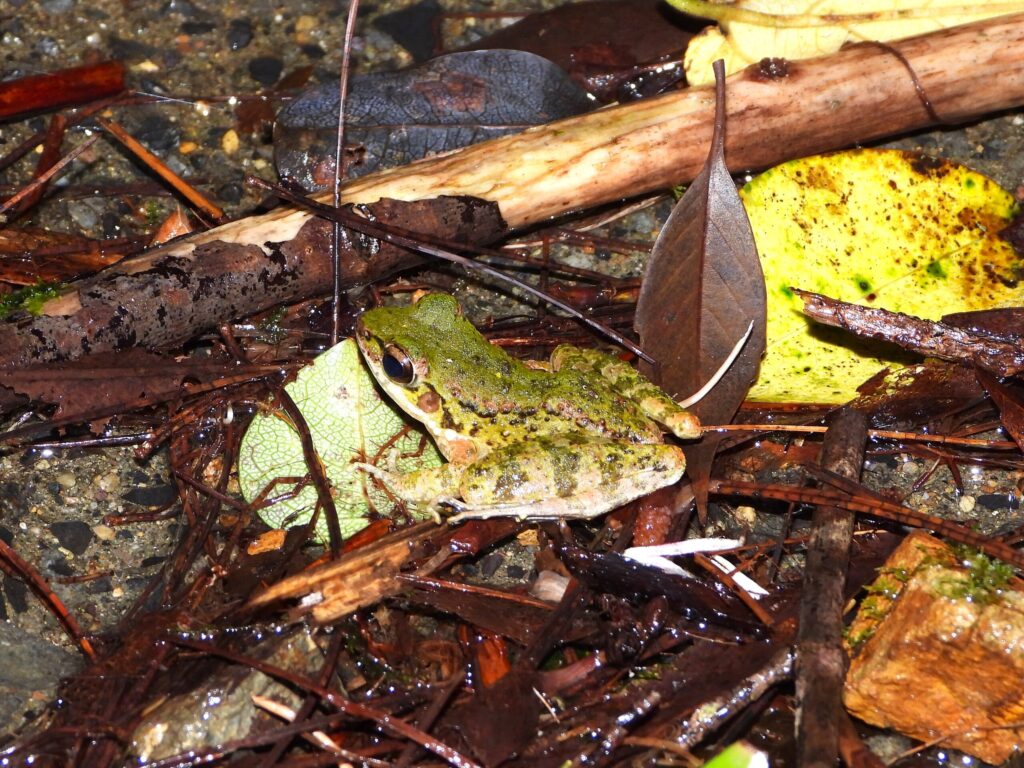
A slender stream frog with a sharply pointed snout, inhabiting forested valleys on Amami and Tokunoshima.
Eggs are laid beneath stones or in still pools near waterfalls between autumn and early spring.
After rainfall, males call with short metallic notes that echo through the forest.
Moreover, their voices form a distinctive part of Amami’s nighttime chorus.
Read the full profile →
Otton Frog (Babina subaspera)
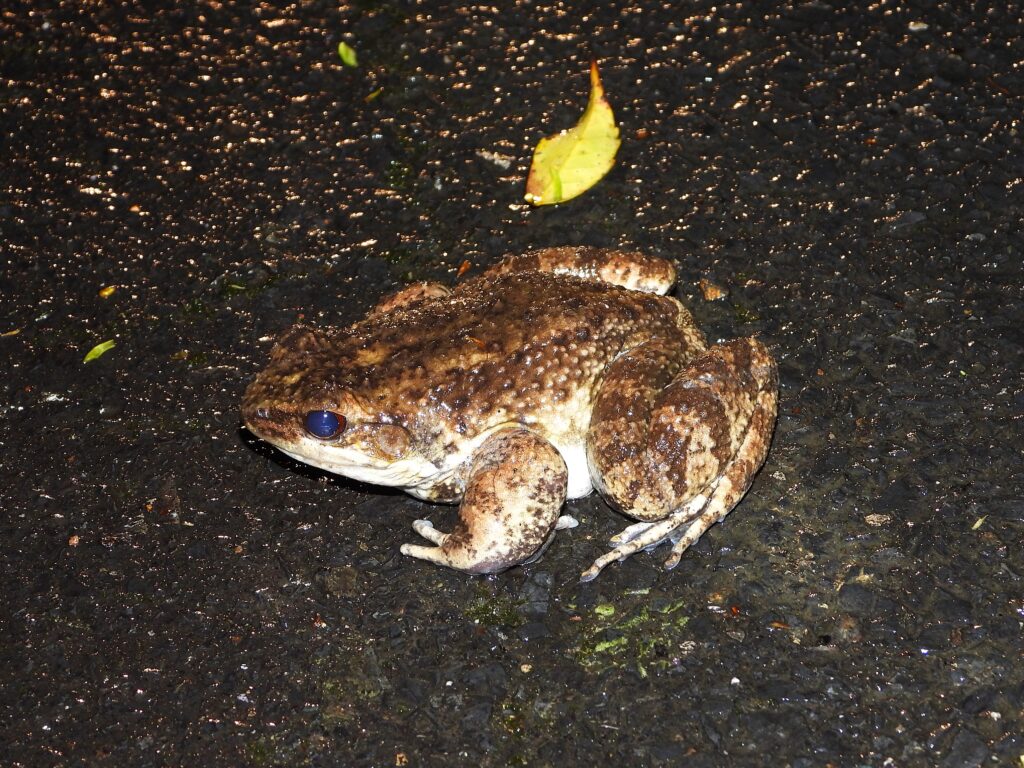
A large and powerful frog found only on Amami Ōshima and Kakeromajima.
Males possess a distinctive “pseudothumb” that they use in combat during territorial disputes.
Moreover, its deep, booming call resonates through forest streams at night, making it one of the most recognizable sounds of Amami’s wilderness.
This endangered species is protected as a Natural Monument of Japan.
Read the full profile →
Amami Green Tree Frog (Zhangixalus amamiensis)

Recognized as a distinct species in 2019 (formerly Rhacophorus viridis amamiensis).
It inhabits forest edges and rice paddies, where it builds foam nests attached to vegetation over still water.
After heavy rains, tadpoles quickly hatch and drop into the ponds below.
In addition, this clever strategy ensures the young develop in freshly filled, predator-free pools.
Read the full profile →
Amami Brown Frog (Rana kobai)

A winter-breeding species active even in cold conditions.
From late November to January, males fill the valleys with soft croaks that echo through the forest.
Once mistaken for the Okinawan Brown Frog (Rana ulma), it is now recognized as an Amami-endemic lineage.
As a result, it holds great importance for understanding the evolution of Japan’s island frogs.
Read the full profile →
Ryukyu Kajika Frog (Buergeria japonica)
A small stream frog common along rocky creeks and waterfalls.
Its “pip-pip-pip” call is one of the most familiar night sounds across the Ryukyus.
It breeds on wet rock faces—an extraordinary adaptation among frogs.
Furthermore, this behavior allows it to survive in fast-flowing environments.
Okinawa Narrow-mouthed Frog (Microhyla okinavensis)
A tiny ground-dwelling frog inhabiting forests, grasslands, and wetlands.
Its insect-like “chit-chit-chit” call can be heard on humid nights across Amami.
Endemic to the Ryukyu Islands, it breeds in temporary pools formed by heavy rain.
Therefore, its activity often surges after typhoons or long rains.
Hallowell’s Tree Frog (Dryophytes hallowellii)
A medium-sized tree frog endemic to the Ryukyu Islands.
It inhabits rice paddies and wetlands, calling with a clear trilling voice from spring to early summer.
For example, its chorus often fills the evening air in rural Amami.
Indian Rice Frog (Fejervarya kawamurai)
A small brown frog found in lowland rice fields and drainage ditches.
Active both day and night, it leaps quickly when disturbed.
Its chirping calls resemble crickets, giving rise to its nickname, the “Cricket Frog.”
In addition, it plays an important role in controlling agricultural insect populations.
Newts of Amami
Amami Sword-tailed Newt (Cynops ensicauda ensicauda)
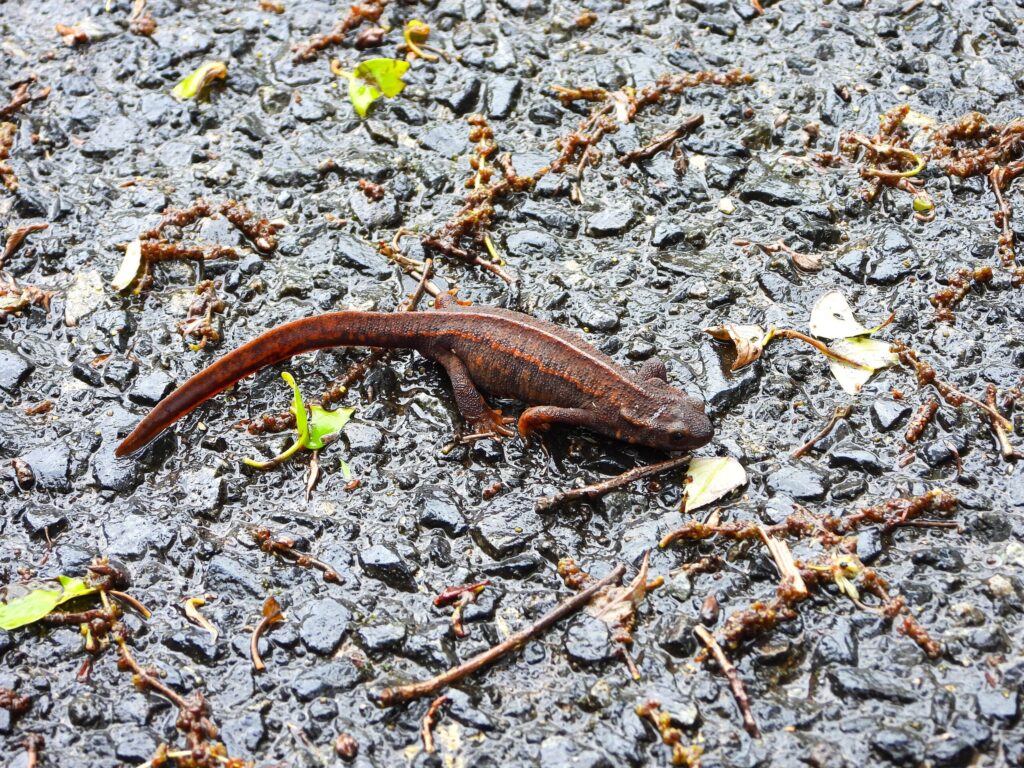
The northern subspecies of the Okinawa newt, found on Amami Ōshima and nearby islands.
It inhabits rice paddies, forest pools, and slow-moving ditches, and it often crosses roads on rainy nights.
Therefore, roadkill is a growing conservation concern for this species.
Read the full profile →
Raffaëlli’s Spiny Crocodile Newt (Echinotriton raffaellii)

Commonly known as the Amami Spiny Newt, this species was described in 2022 as distinct from Echinotriton andersoni of Okinawa.
Endemic to the Amami Islands—especially Amami Ōshima, Ukejima, and Tokunoshima—it inhabits humid evergreen forests and forest-edge wetlands.
It spends most of its life hidden beneath leaf litter, emerging only on rainy or misty nights.
When threatened, it pushes its rib tips through the skin—an extraordinary defense unique to this genus.
As one of Japan’s rarest amphibians, it is strictly protected and listed as Endangered.
Furthermore, local conservationists conduct ongoing surveys to monitor its survival.
Read the full profile →
Habitat & Distribution
Amami’s diverse climate and topography provide ideal conditions for the amphibians of Amami Island, from cool mountain streams to lowland paddies.
Stream specialists (Odorrana splendida, O. amamiensis) thrive in upland forests, while tree frogs and pond frogs dominate the lower elevations.
The islands’ high rainfall and mild winters allow nearly year-round amphibian activity.
Conservation
Amami’s amphibians face serious threats from habitat loss, pesticide use, road construction, and invasive predators such as the small Indian mongoose.
Babina subaspera, Odorrana splendida, and Echinotriton raffaellii are nationally protected and listed as Endangered.
However, local researchers and volunteers continue habitat restoration and night surveys to preserve these unique island species.
In conclusion, long-term conservation depends on careful land management and public awareness.
Author’s Impression
The humid nights of Amami are alive with sound—the deep rumble of Otton Frogs, the clear calls of Ishikawa’s Frog, and the quiet rustle of newts beneath wet leaves.
Each encounter reveals a glimpse of an ancient world that still survives in these forests.
Observe gently, use soft light, and never handle them—these fragile lives depend on our respect.

